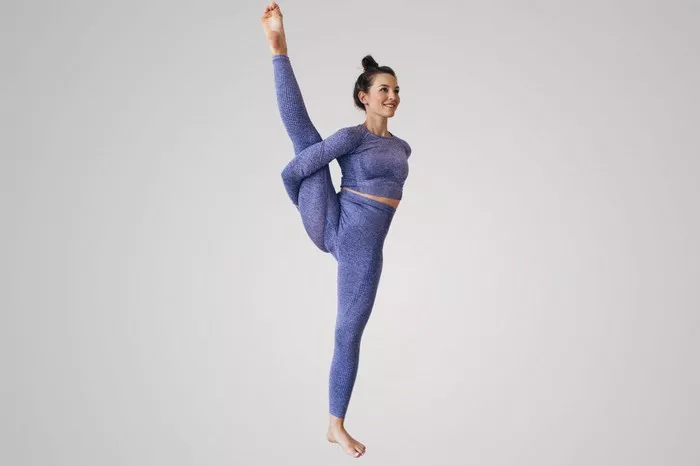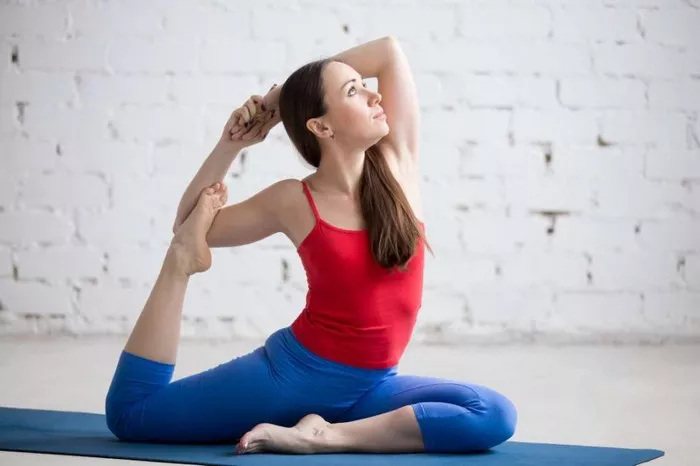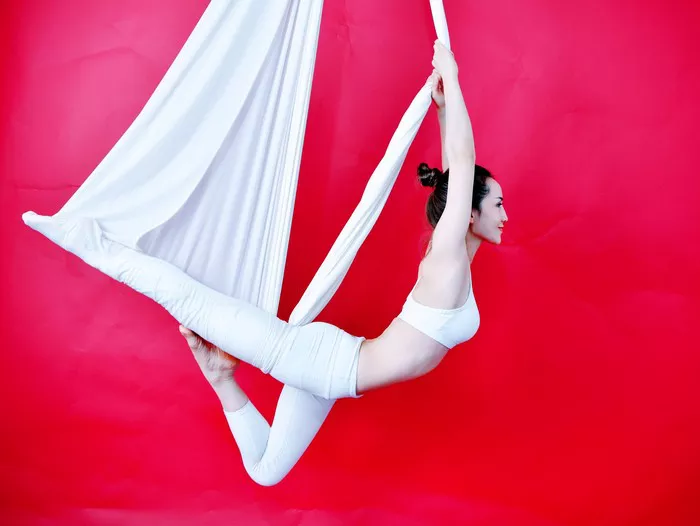Yoga is not merely a physical exercise; it’s a journey of self-discovery, a fusion of mind, body, and spirit. Within the vast repertoire of yoga poses lies the Bird of Paradise pose, an asana that embodies grace, strength, and liberation. Originating from ancient yogic traditions, this pose not only challenges the physical body but also holds profound symbolism. In this article, we delve into the depths of the Bird of Paradise pose, exploring its origins, benefits, variations, step-by-step instructions, and precautions.
Origins and Symbolism
The Bird of Paradise pose, or Svarga Dvijasana in Sanskrit, traces its roots to the rich tapestry of yoga philosophy. “Svarga” translates to “paradise,” while “Dvija” means “bird.” The pose is named after the Bird of Paradise flower, which is native to South Africa and symbolizes freedom and beauty.
In yoga, birds are often associated with freedom and transcendence. The act of taking flight represents liberation from earthly attachments and limitations. Similarly, the Bird of Paradise pose encourages practitioners to spread their wings metaphorically, releasing inhibitions and embracing their true potential.
Physical and Mental Benefits
Practicing the Bird of Paradise pose offers a myriad of physical and mental benefits. From strengthening muscles to enhancing flexibility, here are some key advantages:
1. Strengthens Core Muscles: The Bird of Paradise pose requires significant engagement of the core muscles to maintain balance and stability. Regular practice helps tone the abdominal muscles, promoting better posture and spinal alignment.
2. Improves Balance and Coordination: Balancing on one leg in this pose challenges proprioception and enhances overall balance and coordination. This increased awareness of body alignment can translate into improved stability in daily activities.
3. Increases Flexibility: The extended leg in the Bird of Paradise pose stretches the hamstrings, groin, and hip flexors. Over time, this can lead to increased flexibility in the lower body, reducing the risk of injuries and enhancing mobility.
4. Boosts Confidence and Mental Focus: As practitioners learn to master the Bird of Paradise pose, they experience a sense of accomplishment and self-assurance. The concentration required to hold the pose also helps quiet the mind, fostering mental clarity and focus.
5. Elevates Mood and Relieves Stress: Like many yoga poses, the Bird of Paradise encourages deep breathing and mindful movement, which can help alleviate stress and promote a sense of calmness and well-being.
Variations and Modifications
While the Bird of Paradise pose may appear challenging at first glance, there are several variations and modifications that cater to practitioners of all levels:
1. Half Bird of Paradise: For beginners or those with limited flexibility, the Half Bird of Paradise pose offers a gentler alternative. Instead of fully extending the lifted leg, practitioners can keep it bent at the knee, resting the foot on the inner thigh or calf of the standing leg.
2. Assisted Bird of Paradise: Using props such as a yoga strap or block can provide support and assistance in achieving the full expression of the pose. Practitioners can hold onto the strap with both hands and gradually work towards straightening the lifted leg.
3. Standing Bird of Paradise: In this variation, practitioners begin in a standing position with feet hip-width apart. They then lift one leg and externally rotate it, bringing the foot to rest on the opposite thigh or calf. With time and practice, they can extend the lifted leg forward into the full expression of the pose.
4. Seated Bird of Paradise: This modification is ideal for individuals who may find balancing challenging or prefer a seated posture. Practitioners start in a seated position with legs extended in front of them. They then bend one knee and place the foot on the floor, crossing it over the opposite thigh. From here, they can proceed to twist the torso and extend the lifted leg into the Bird of Paradise pose.
Step-by-Step Instructions
Now, let’s explore a step-by-step guide to practicing the Bird of Paradise pose:
1. Begin in Mountain Pose: Stand tall with your feet hip-width apart and arms by your sides. Ground down through the soles of your feet, engaging the muscles of the legs.
2. Shift Your Weight: Shift your weight onto your left foot and begin to lift your right foot off the ground. Engage your core to maintain balance.
3. External Rotation: Externally rotate your right thigh outward, opening the hip. Place your right hand on your right hip to help facilitate the rotation.
4. Hook the Big Toe: Bend your right knee and reach your right hand behind your back, threading it between your lower back and right thigh. If possible, hook your right big toe with your right index and middle fingers.
5. Extend the Leg: Slowly begin to straighten your right leg forward, extending it out in front of you. Keep the spine long and the chest lifted.
6. Open the Chest: As you extend the leg, simultaneously rotate your torso to the left, opening the chest towards the sky. Reach your left arm overhead, parallel to the extended leg.
7. Find Balance: Balance the weight evenly between your standing foot and your extended leg. Engage the muscles of the standing leg and maintain a steady gaze to help with balance.
8. Hold and Breathe: Hold the pose for several breaths, finding stability and ease in the posture. Keep the breath smooth and steady, allowing it to guide you deeper into the pose.
9. Release with Control: To release the pose, slowly lower the extended leg back to the ground with control. Return to Mountain Pose and repeat on the opposite side.
Precautions and Contraindications
While the Bird of Paradise pose offers numerous benefits, it’s essential to practice with caution, especially if you have any pre-existing injuries or medical conditions. Here are some precautions to keep in mind:
1. Avoid Overexertion: Listen to your body and honor its limitations. Avoid forcing yourself into the pose or pushing beyond your comfort level, as this can lead to strain or injury.
2. Warm-Up Adequately: Before attempting the Bird of Paradise pose, ensure that your body is adequately warmed up. Perform gentle stretches and movements to prepare the muscles and joints for the demands of the pose.
3. Modify as Needed: Don’t hesitate to modify the pose or use props to make it more accessible. Respect your body’s unique needs and abilities, and choose variations that feel safe and supportive.
4. Consult a Healthcare Professional: If you have any concerns about practicing the Bird of Paradise pose, consult with a qualified healthcare professional or experienced yoga instructor. They can offer personalized guidance and modifications based on your individual circumstances.
5. Avoid During Pregnancy: Pregnant individuals should avoid practicing the Bird of Paradise pose, especially in its full expression. Instead, focus on gentle prenatal yoga poses that are safe and supportive during pregnancy.
Conclusion
In conclusion, the Bird of Paradise pose embodies the essence of freedom, strength, and self-expression. Through regular practice, practitioners can unlock the physical and mental benefits of this empowering asana, cultivating a deeper connection to themselves and the world around them. Remember to approach the pose with mindfulness, patience, and respect for your body’s capabilities, honoring the journey of transformation that yoga offers.























